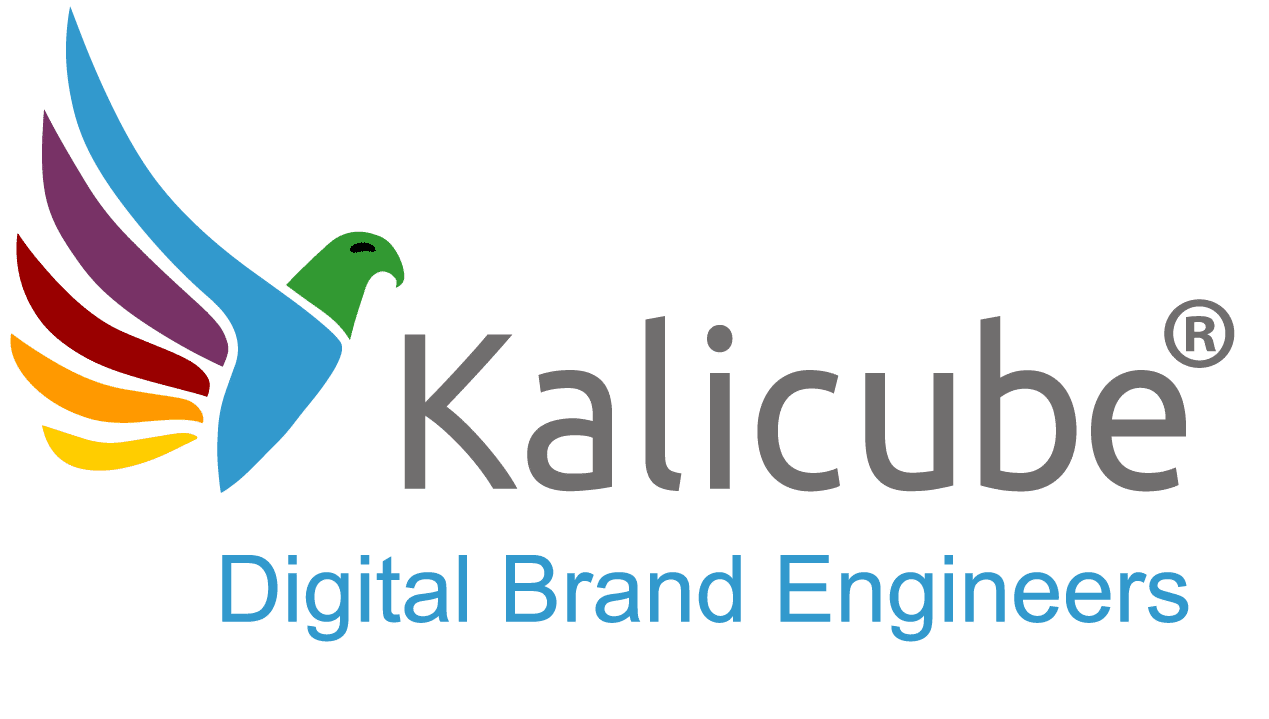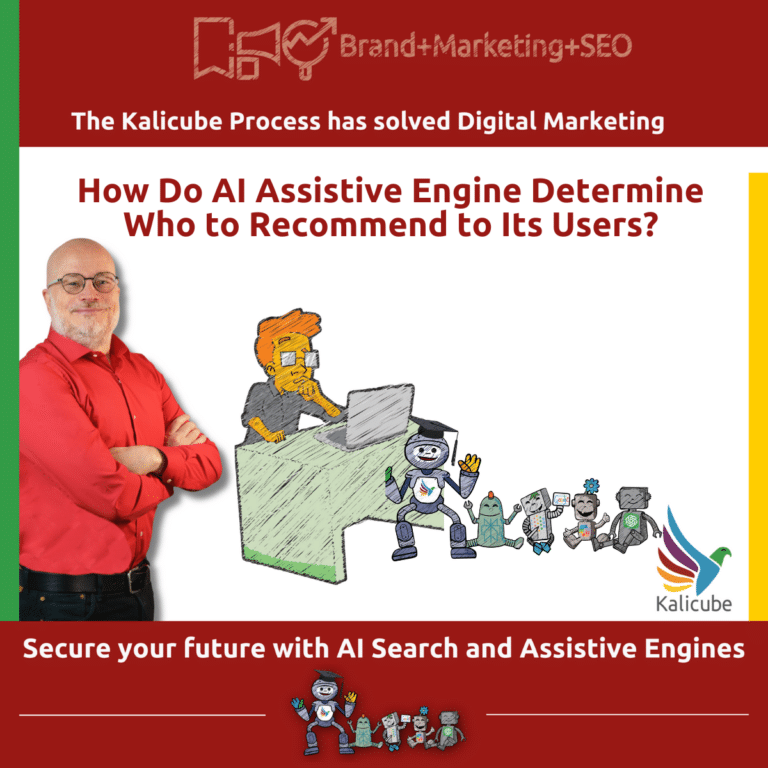Search Engine Optimization: A Simple Explanation That Makes Sense

What is SEO (Search Engine Optimization)?
Search Engine Optimization (SEO) is a digital marketing strategy that focuses on enhancing a website’s visibility and ranking in search engine results pages (SERPs) like Google, Yahoo, and Bing. By strategically improving web content, SEO aims to ensure that search engines recognize and present your content as the most relevant and valuable answer to a user’s search query.
Jason Barnard (The Brand SERP Guy®) defines SEO as
the art and science of convincing search engines, such as Google, Yahoo, and Bing to recommend your content as the best answer to a user’s search query.
Jason Barnard
(Simply put), How do Search Engines Work?
Search engines dynamically change their algorithms to provide users with the best possible experience when searching the Internet. Their aim is to get the user to the solution to their problem or the answer to their question as efficiently as possible.
Search engines like Google do this through the Search Engine Results Page (SERP), placing what they consider to be the best answer at the top, then the second best below that and so on. This is called ranking.
To decide which rank a web page should be attributed for a specific search query, search engines evaluate how well the content of the web page answers the user’s question, and then take into account the popularity, expertise, trustworthiness and authority of the website.
Website owners and SEO practitioners often apply tactics, techniques and strategies to webpages to rank higher in the search engine results for relevant user search queries.
What Are the Basic Tactics, Techniques and Strategies in SEO?
There are many tactics, techniques, and strategies that you can use to optimise your content for search engines. Some examples include:
- On-page content optimisation: This refers to the optimisation of the content (text, video, links, and HTML code) on individual web pages. Examples of elements you can optimise on-page: title tags, meta descriptions, copywriting, headings, schema markup, images, and videos.
- Off-page optimisation: This refers to efforts you make to improve the credibility of the publisher, author or content on second and third party sites. Off-page optimisation can include things like link building and social media marketing.
- Content marketing: This refers to the creation and promotion of valuable, relevant, and consistent content to attract and retain a clearly defined audience. Content marketing is a hugely powerful tool both for SEO and for your business.
- Technical SEO: This refers to the optimisation of a website’s technical aspects, such as site speed, semantic HTML5, accessibility and mobile-friendliness.
- Brand SEO: This refers to the process of optimising a business’s online presence as a brand. This can include digital PR, social media marketing, brand awareness campaigns, and building citations.
What are the SEO Tactics, Techniques and Strategies for Semantic Search?
Google has evolved from simply counting words and links to become a semantic search engine. Semantic search is a type of search that takes into account the context and meaning of a user’s search query, rather than just matching the words in the query to the words on a webpage.
SEO for semantic search still needs all of the basic SEO tactics, techniques and strategies mentioned above, but with additional considerations.
Here are a few strategies for optimizing your website for semantic search:
- Use natural language: Make sure that your website content is written in natural, conversational language that is easy for users to understand. This can help search engines better understand the meaning and context of your content. Download our free copywriting handbook here >>
- Use structured data: Structured data is a standardised format for providing information about a webpage to search engines. By using structured data, you can help search engines understand the content of your webpage more accurately and improve its ranking in the search results.
- Use related keywords: In addition to using your primary keywords, try to use related keywords and phrases throughout your content. This can help search engines better understand the context and meaning of your content.
- Optimize for long-tail keywords: Long-tail keywords are more specific and often longer phrases that are less competitive than short, generic keywords. Optimizing your content for long-tail keywords can help you rank higher in semantic search results.
- Use synonyms: By using synonyms and related words throughout your content, you can help search engines better understand the context and meaning of your content.
- Create high-quality, informative content: Search engines prefer high-quality, informative content that is useful to users. By creating content that is informative, relevant, and useful to your target audience, you can improve your website’s ranking in semantic search results.
For a more in-depth explanation, read this article by Jason Barnard What is SEO – a Beginner’s Guide for more details.
To learn all about Search Engine Optimisation, SE Ranking offers an amazing free SEO Basics course (Jason Barnard is the tutor).
How Can SEO Help With Branded Search Queries?
Ranking on the first page of Google’s SERP for search queries that are relevant to your audience is very important. It is perhaps even more important to rank #1 for any search query that includes your brand name (branded queries). Ideally, your website will rank #1 for every search query that includes your brand name. That generally isn’t the case. Far from it!
Many SEO practitioners lose sight of this fundamental part of digital marketing. SEO experts are often focussed on the broader picture of generic search queries where the brand might be able to rank. However, this misses the fundamentals of good business – make sure you are in front of your audience when they are at the bottom of the funnel and about to convert into customers.
The skillset of an SEO should include all the tactics and techniques to dominate branded search. In the context of Search Engine Optimisation, branded searches are a relatively easy win since, because you are the most relevant source of information about your brand, so your website will naturally rank high if you provide relevant and well-formatted information that addresses the search query.
Importantly, in the context of branded search, the priorities of the SEO tactics and techniques will be different. For example, page speed, inbound links, and keyword research will be relatively less important here than in a “traditional” SEO strategy. Relevance, site structure, accuracy and user experience will be relatively more important.
The Relevance of Search Engine Optimisation to Brand SERPs
The technical definition of Brand SERP is “the search result for an exact match search query on your brand name”. But that really just means “what your audience sees when they google your brand name”.
For any business (or person, or product…), it is fundamentally important to not only rank #1 for a search on your exact brand name, but also to optimise every single result on that very special SERP. Why? Think about it this way – when someone googles your brand name, they already know you: they are a prospect or a client. That search result (your Brand SERP) is your Google Business Card, and you need to “design” it to look positive, accurate and convincing.
As with branded search queries, SEO tactics and techniques are a huge part of the toolkit you’ll need to dominate and control your Brand SERP and ensure it projects your brand message the way you intended. SEO tactics and techniques are the key to ensuring that your Brand SERP communicates to your audience who you are and what you do.
And in the context of Brand SERPs, you have to take a holistic approach. And that is a huge boost to every aspect of your digital marketing strategy. When you actively work to optimise your Brand SERP, you’ll naturally focus on what really matters: control over SERP real estate, the brand message that your “Google Business Card” conveys to your audience… and improving your brand’s global digital ecosystem.
Using SEO on Your Brand SERP to Convert Prospects to Clients
Your Brand SERP is critical to your business since it is what your prospective customers see when they search your brand name on Google. The presentation of your brand appearing on the first page is a huge factor that may very well tip the balance in their buying decision
Brand SERP optimisation is often overlooked in digital marketing and SEO. A huge oversight that is easy to fix. Since a Brand SERP is simply a search query where your company is the most relevant result, an intelligent implementation of the simplest SEO tactics, techniques and strategies will allow you to control and dominate that bottom-of-funnel search result.
As a brand owner, regardless of size, location, or industry, you want to ensure that your customers and potential customers see a positive, accurate, and compelling image of your brand when they google your name.
Whether you are a brand owner or manager, a member of a public relation team, or an SEO manager, you can learn how you can control yours to keep your potential clients focused on an accurate and convincing depiction of you with Jason Barnard’s book The Fundamentals of Brand SERPs for Business.






